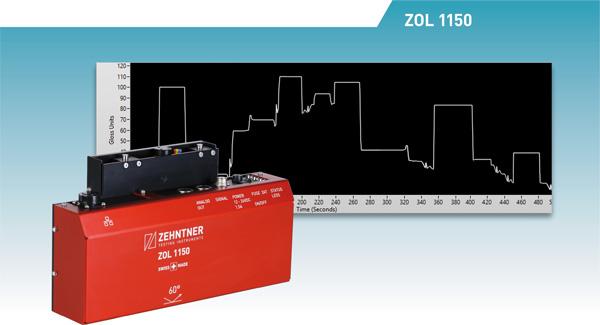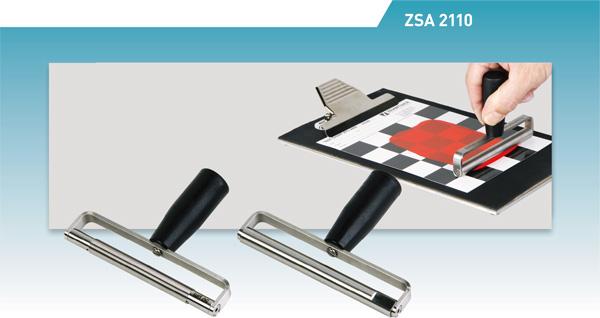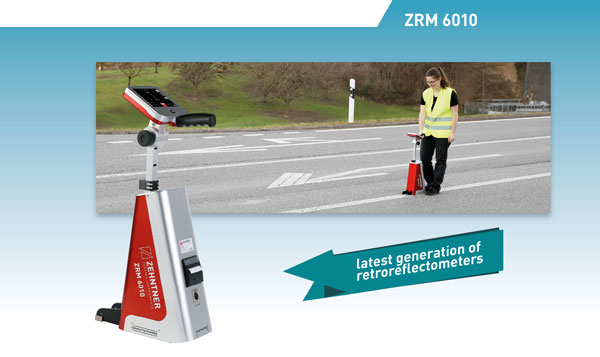The easiest way is an automatic replacement of signs and markings at regular intervals. However, the operating life of road furniture depends on many factors including weathering, road utilization, material, manufacturer and many more. Therefore, it cannot be predicted when a sign or a marking will lose its functionality and time-based replacement always bears the risk of wastefulness.
Another approach could be replacement after visual inspection. This simple strategy at least prevents the unnecessary renewal of still functional material. Nevertheless, it harbours the danger of subjective assessment. In most cases, visual inspections are carried out by persons who are very familiar with the area and the installed road furniture. Experience has proven that they will unconsciously give better ratings. So replacement by visual inspection may have the opposite effect as automatic replacement: signs and markings which are no longer sufficiently visible remain in use for too long and eventually become a safety risk.
Good road markings are designed to reflect the light of a vehicle's headlamps in the driver's direction; this is called retro-reflection. It can be achieved for example by embedding small glass beads in the marking material.
![]()
Measuring principle RL
The most effective and reliable procedure is a maintenance strategy based on measuring values and supported by a clever evaluation software.
Minimum requirements for the performance of road markings are standardized in national and international standards and local regulations, making an objective assessment of the marking easy: with the help of the measuring value it can be decided whether the marking still meets the requirements and can be seen well by road users.
Also other important properties of the marking and its surroundings can be measured with new retroreflectometer models: the road levelling is important for the draining properties of the marking and an integrated camera can take on-the spot pictures of the marking from the perspective of the measuring geometry, delivering valuable information on glass bead distribution, soiling, abrasion and other factors.
Taking measurements in the flow of traffic always bears a safety hazard. Consequently, ultra-fast measurements not only permit efficient procedures, but also increase the safety of the operator.
Long distance can be measured fast and reliably with mobile measuring systems, dynamic retroreflectometers. In the traffic flow, the vehicles travel at speeds of up to 150 km/h (93 mph) without impeding traffic. Measuring values are constantly recorded, photographed and can later be easily evaluated on a PC or laptop on a digital map or on a spreadsheet complete with the photographic record.

Dynamic retroreflectometer ZDR 6020
A smart evaluation and data management software will be a valuable tool to support this maintenance strategy. The retroreflection measurements of road markings, traffic signs and safety garments can be analysed to individual specification, and results are displayed on a map. For maximum compatibility with existing systems and procedures, measuring reports in several languages can be generated as pdf or xls files and data can be exported to external GIS.
This area-wide analysis method offers the advantage of a great overview of the marking condition and enables the systematic and intelligent application of maintenance management methods. The budget will only be used in areas where it is necessary and the quality of the marking – and with it also traffic safety - can be improved in the long run without spending more money.





